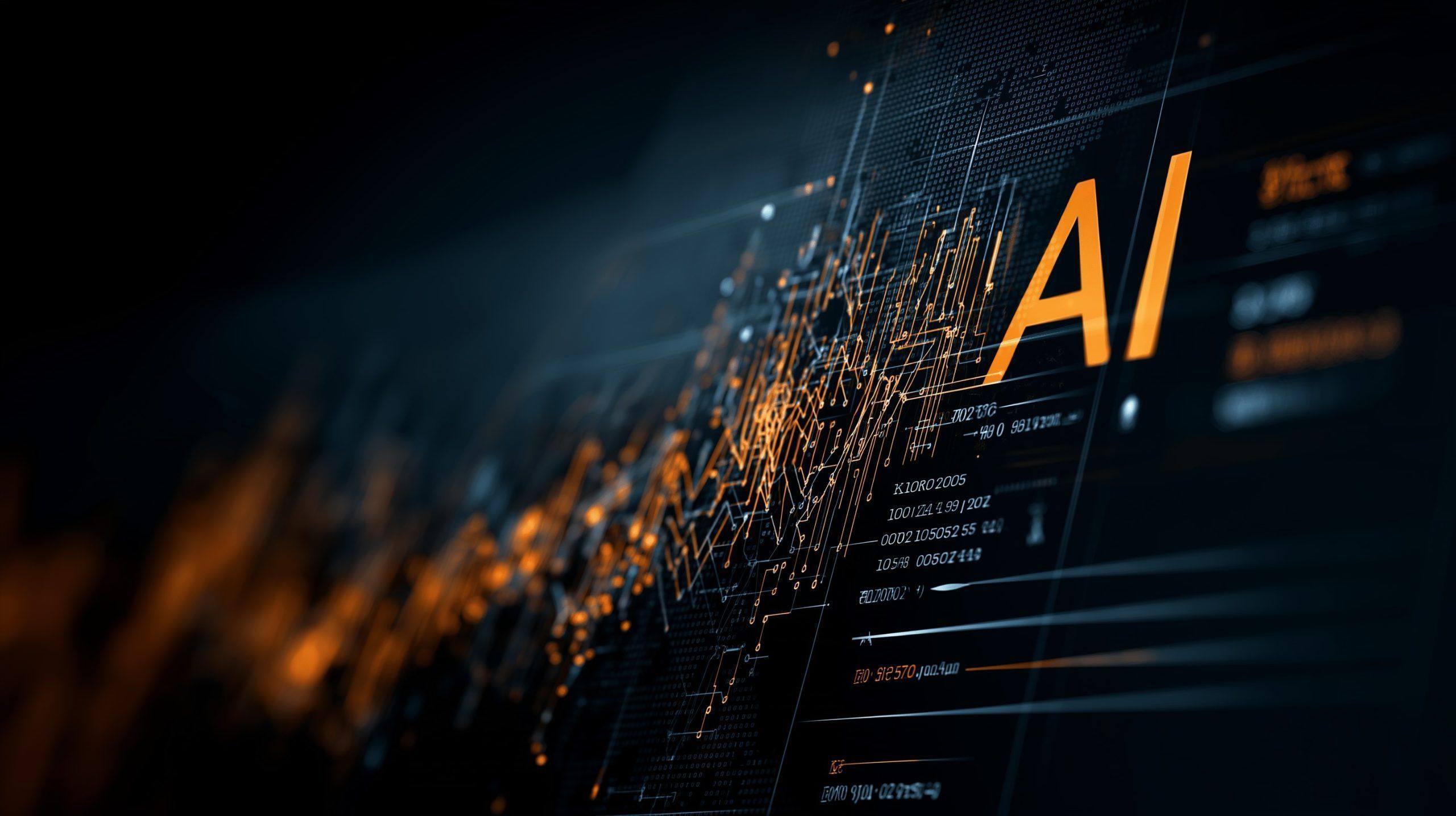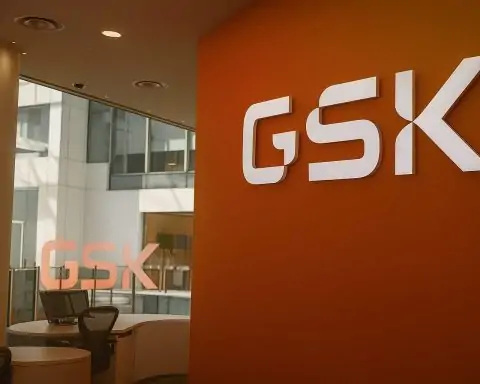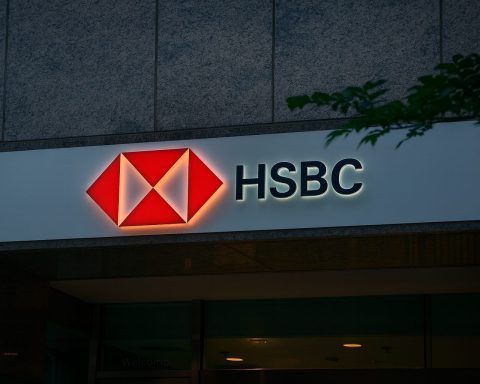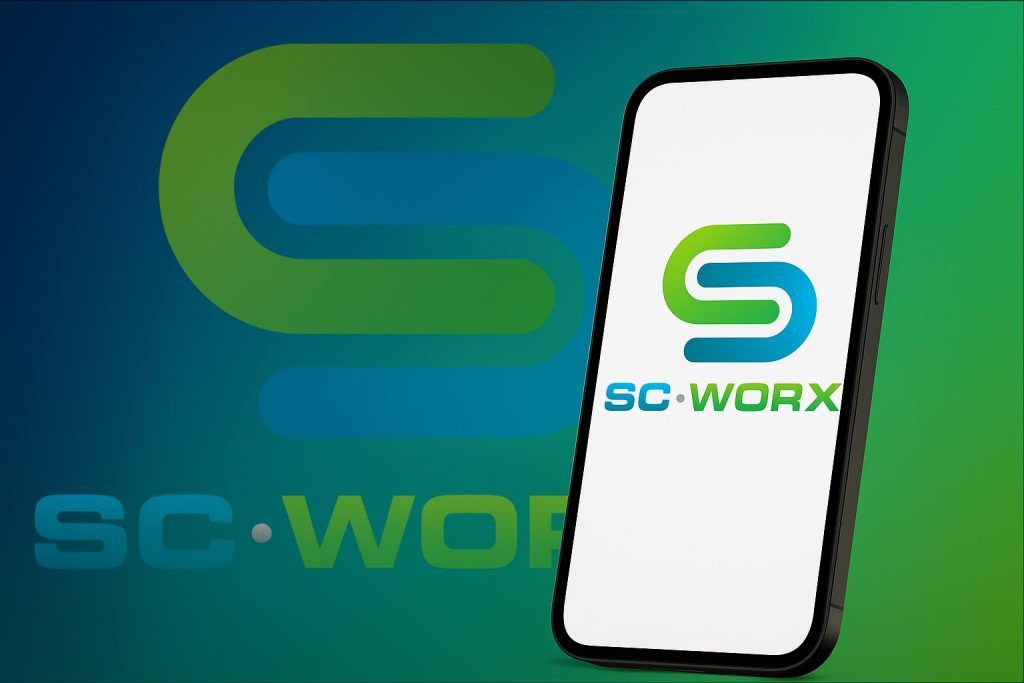Published: Nov. 6, 2025
Key takeaways (as of 10:10 a.m. ET)
- All three major indexes fell: Dow −0.56%, S&P 500 −0.55%, Nasdaq −0.91%, with tech leading the decline. [1]
- AI/tech under pressure: Nvidia, Microsoft and other megacaps slipped as worries about stretched AI valuations resurfaced. [2]
- Macro crosswinds intensified: A record‑long U.S. government shutdown is delaying key economic data; the Supreme Court’s skepticism on tariffs added to trade uncertainty. [3]
- Labor signal flashed caution:153,074 planned layoffs in October — highest October since 2003 — per Challenger, Gray & Christmas. [4]
- Breadth weak; pockets of earnings volatility: DoorDash plunged after a profit miss and heavier 2026 spending plans; Datadog jumped on a strong forecast. [5]
What happened on Wall Street today
U.S. equities opened lower Thursday and stayed soft through mid‑morning as the tech‑heavy growth trade sold off again. At 10:10 a.m. ET the Dow was down 266 points, the S&P 500 was off 37 points, and the Nasdaq weakened by 214 points. Information Technology led declines, with Apple, Microsoft, and Nvidia all lower. [6]
Two macro stories sharpened the risk‑off tone:
- Government shutdown: With Washington still shuttered, investors and the Fed are “flying blind” on official data like CPI and nonfarm payrolls. The shutdown has already forced the FAA to plan flight‑traffic cuts of up to 10% at 40 major airports to address safety concerns tied to controller staffing. [7]
- Tariffs & the Supreme Court: Justices this week challenged the legality of broad emergency‑based tariffs, injecting fresh uncertainty into trade policy. Meanwhile, the administration formalized changes to reciprocal tariff rates with China, keeping trade in focus for equity investors. [8]
Bond markets offered a modest cushion as the 10‑year Treasury yield eased to ~4.09%, reflecting a defensive bid; traders price roughly a ~69% chance of a December Fed cut, per CME FedWatch cited in AP’s morning wrap. [9]
Is this the end of the AI bubble?
Short answer: Unlikely — but the market is clearly testing the narrative.
- Concentration risk is real. Tech now commands ~36% of the S&P 500’s weight — more than during the dot‑com era — and adding in Alphabet, Amazon, Tesla and Meta pushes the megacap/tech‑adjacent share toward half of the index. That concentration magnifies index‑level drawdowns when AI leaders wobble. [10]
- Valuations are elevated but not uniform. On forward earnings, the S&P 500 trades around 23× vs. a 10‑year average of ~18.8×; tech near 32× vs. a 10‑year ~22×. Rich multiples mean negative surprises bite harder, but fundamentals for the cash‑generative AI leaders remain stronger than the late‑1990s cohort. [11]
- C‑suite caution vs. structural tailwinds. This week, Morgan Stanley and Goldman Sachs CEOs warned a 10–20% drawdown would be normal within a long bull market — a nod to valuation risk rather than to an AI collapse. [12] Meanwhile, Breakingviews notes AI can be both “bubble” and “breakthrough” at once: even transformative tech can see years‑long hangovers for the priciest winners if expectations outrun earnings. [13]
Bottom line: Today’s sell‑off looks more like a valuation reset/positioning shakeout after record highs — not a definitive “bubble burst.” If AI spending keeps translating into durable revenue and margins — and if rate‑cut hopes don’t fade — the theme can re‑accelerate. If, however, capex outlays outpace monetization or tariffs/governance risks sap growth, the market’s patience for “AI‑powered” promises will shrink.
Today’s market drivers, at a glance
Macro & policy
- Shutdown data gap: With official reports delayed, Wall Street is leaning on private trackers; that adds noise and volatility to each print. [14]
- Tariff uncertainty: Justices’ skepticism at the Supreme Court — plus shifting reciprocal tariff settings — keeps trade‑sensitive sectors on edge. [15]
Labor pulse
- October job cuts:153,074 announced layoffs, highest October since 2003; firms cited cost‑cutting and AI among drivers. That feeds the “softening labor” narrative absent official BLS data. [16]
Winners & losers
- DoorDash (DASH): −14% to −19% intraday after Q3 profit missed and the company flagged hundreds of millions in added 2026 investments — weighing on consumer discretionary. [17]
- Datadog (DDOG): +~19%–22% on a higher full‑year outlook. [18]
- Qualcomm (QCOM): −~2%–3% despite upbeat guidance, as management warned about lower Samsung share next year. [19]
- Elf Beauty (ELF): −~32% after cutting its outlook. [20]
So…is the AI trade broken?
Not yet. Consider three signposts to watch over the next few weeks:
- Earnings translation: Are AI leaders showing sustained revenue per compute (not just capacity buildouts)? Watch gross margin/opex trends tied to AI services. (Context on valuation stretch and index exposure). [21]
- Capex discipline: Do hyperscalers moderate spend or double down? A lopsided capex cycle without commensurate monetization is the classic bubble tell. (Breakingviews’ “bubble vs. breakthrough”). [22]
- Policy & rates: A prolonged shutdown (data vacuum), tariff rulings, and the path of rate cuts will set the risk‑asset backdrop into year‑end. (AP on yields and cut odds; Reuters on shutdown/tariff threads). [23]
What investors can do (editorial, not investment advice)
- Diversify factor exposure: Reduce over‑reliance on a handful of AI winners; consider balancing growth with quality/value to cushion factor rotations.
- Focus on cash flow visibility: Within AI, prioritize names with clear unit economics (AI features driving net retention/pricing) over purely speculative buildouts.
- Mind the calendar: In a data‑light environment, single‑company earnings and any shutdown/tariff headlines can swing markets more than usual. [24]
Live context & sources (Nov. 6, 2025)
- Markets fall as tech/AI sell‑off resumes; intraday levels and sector moves. [25]
- U.S. stocks slip as earnings roll in; shutdown delays data; Treasury yields ease; BoE on hold. [26]
- AI leadership and valuations: tech weight ~36% of S&P; fwd P/Es vs. averages; investor commentary. [27]
- FAA outlines unprecedented flight‑cut plan amid record shutdown. [28]
- Challenger report: 153,074 October layoffs; highest October since 2003. [29]
- DoorDash post‑earnings slide; spending plans & profit miss. [30]
- Supreme Court questions tariff legality; reciprocal tariff changes formalized. [31]
- Bank CEOs flag a normal 10–20% drawdown risk (context for sentiment). [32]
References
1. www.reuters.com, 2. www.reuters.com, 3. apnews.com, 4. www.challengergray.com, 5. www.reuters.com, 6. www.reuters.com, 7. apnews.com, 8. www.reuters.com, 9. apnews.com, 10. www.reuters.com, 11. www.reuters.com, 12. www.reuters.com, 13. www.reuters.com, 14. apnews.com, 15. www.reuters.com, 16. www.challengergray.com, 17. www.reuters.com, 18. www.reuters.com, 19. www.reuters.com, 20. www.reuters.com, 21. www.reuters.com, 22. www.reuters.com, 23. apnews.com, 24. apnews.com, 25. www.reuters.com, 26. apnews.com, 27. www.reuters.com, 28. www.reuters.com, 29. www.challengergray.com, 30. www.reuters.com, 31. www.reuters.com, 32. www.reuters.com







